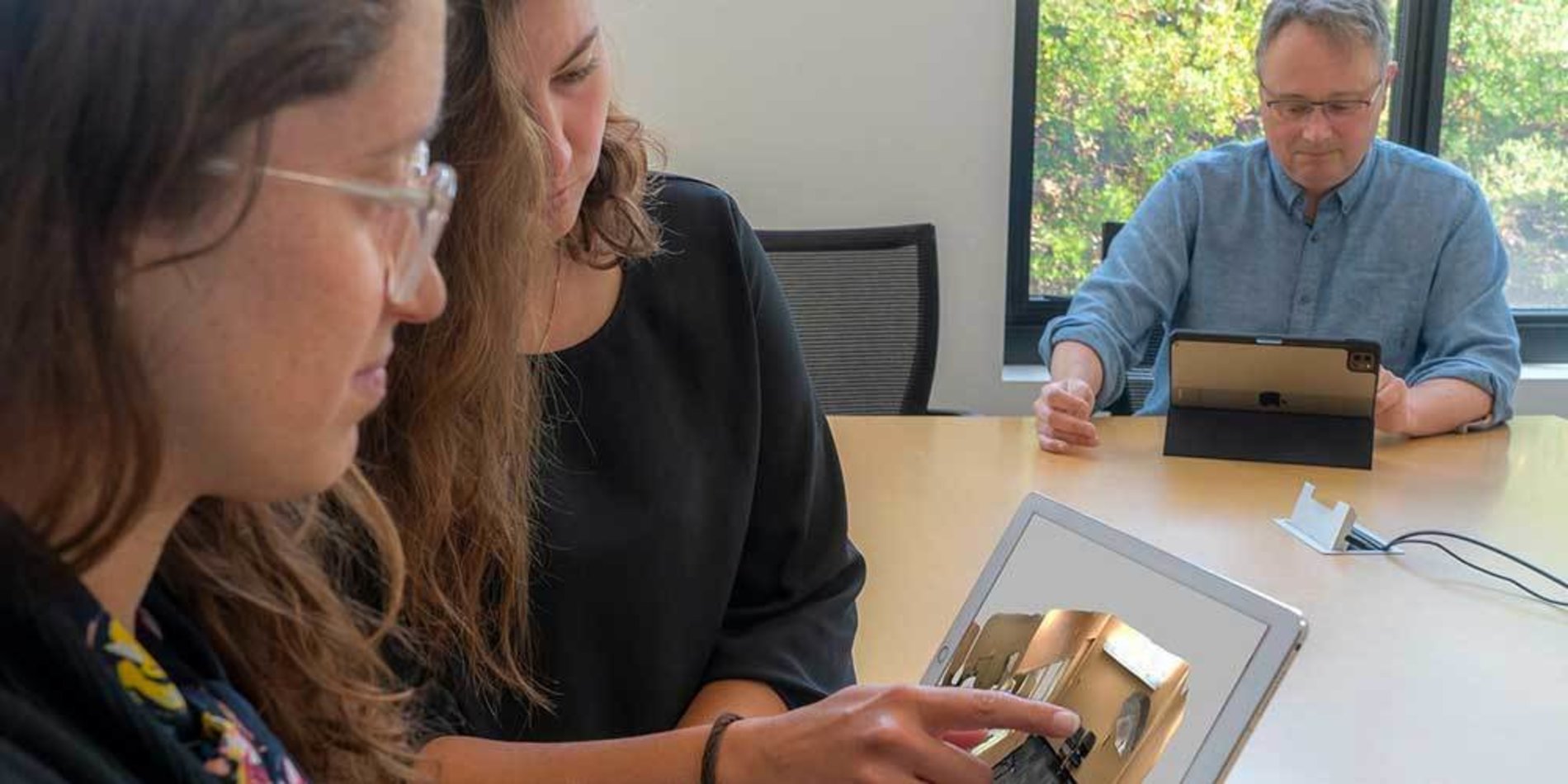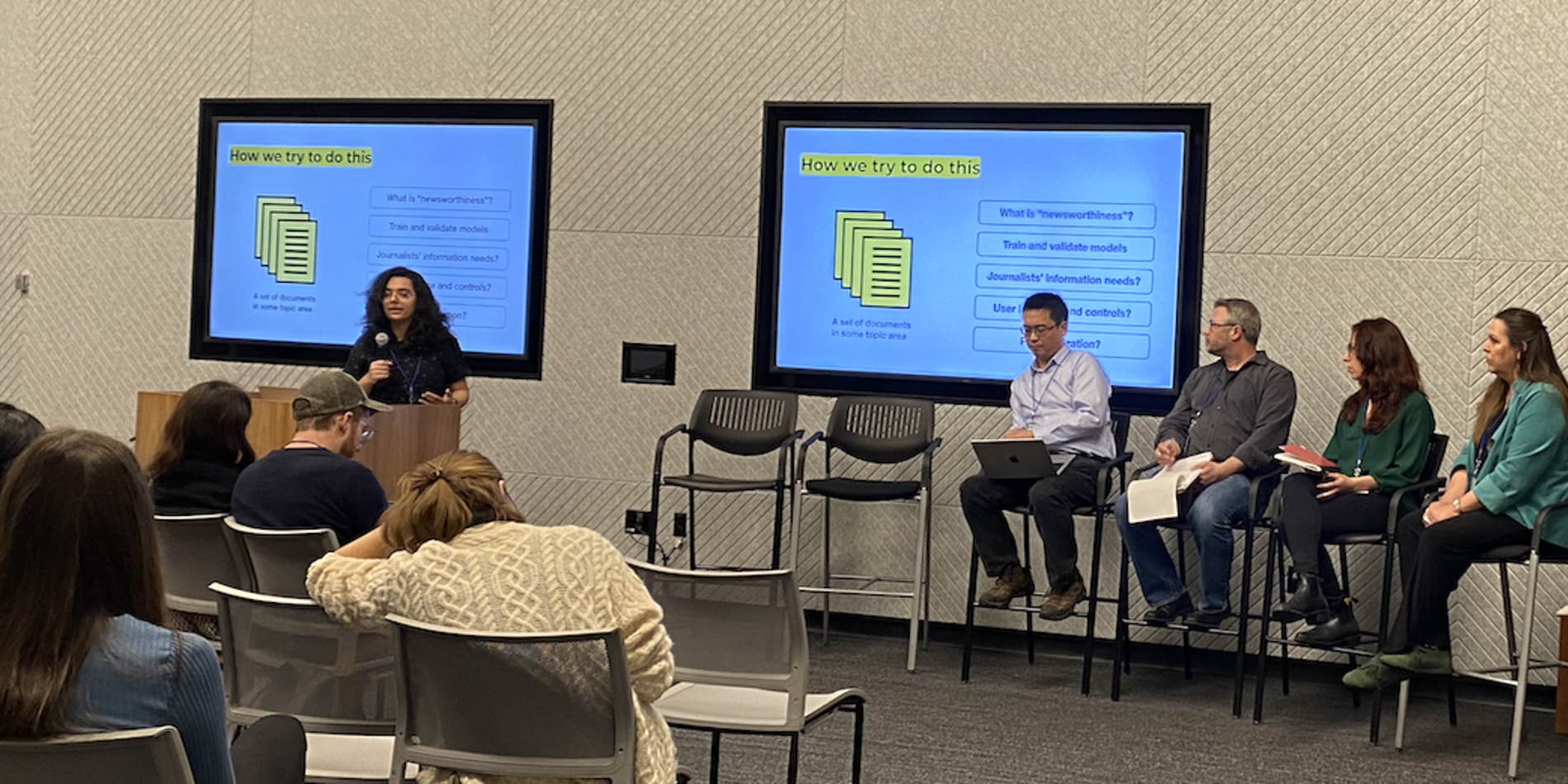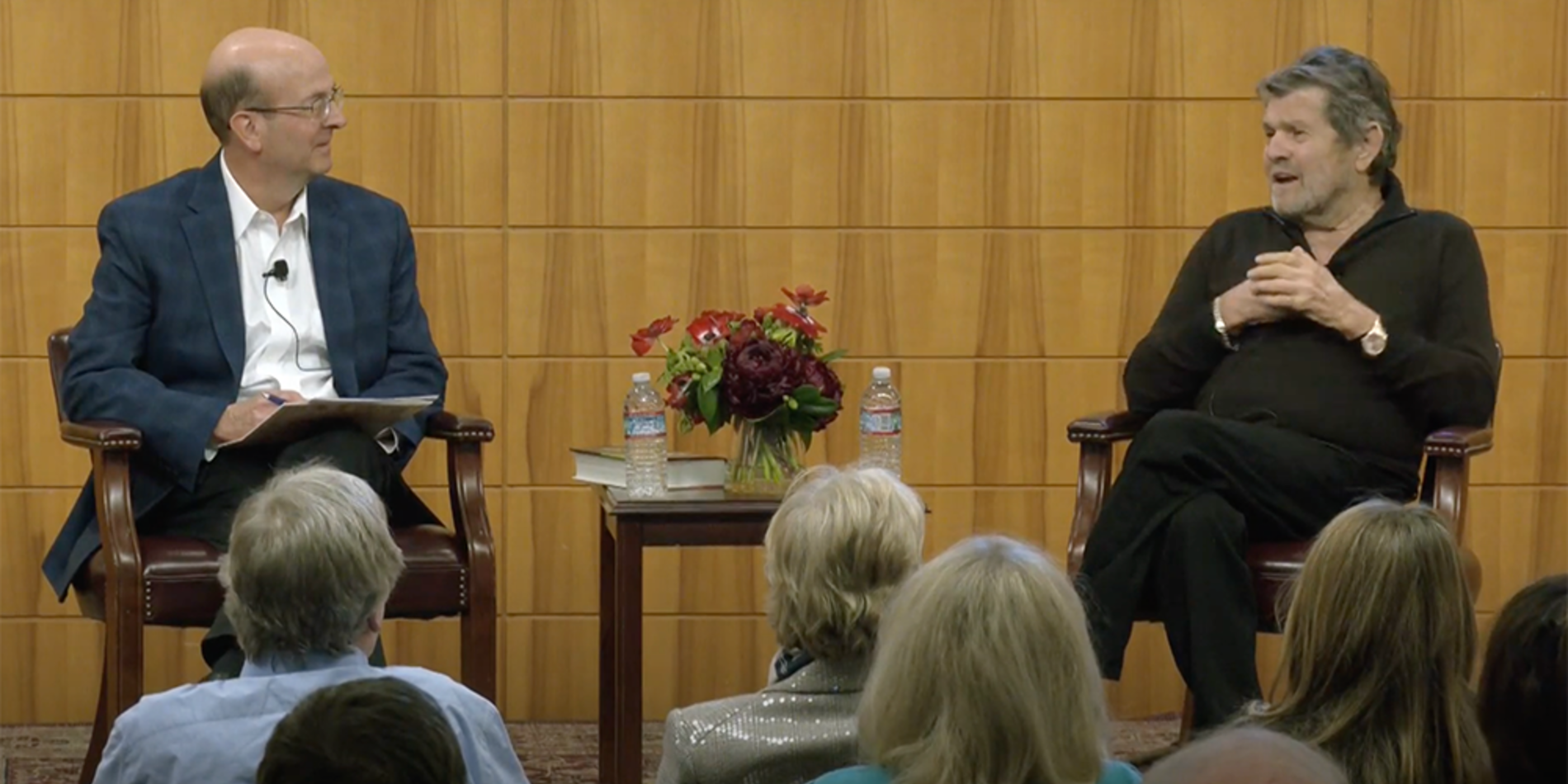Computational journalism course inspires projects with real-world newsroom applications
On election nights, news organizations often quickly report on national and state ballot results. But for smaller jurisdictions — counties, school boards, city councils — the results are often tedious to consolidate.
Stanford students, with both journalism and computing expertises, teamed up earlier this year to build an efficient system to pull in disparate sources of election results into one place. The “Down Ballot” project, born in the Exploring Computational Journalism course (COMM 281/CS 206), uses California as a prototype to pull in data from all 58 counties across the state.
Down Ballot is representative of the type of projects that students in the computational journalism course produce: an innovation that marries emerging technologies, data, machine learning and the power of journalism into something that can help a newsroom’s workflow. The real-world Exploring Computational Journalism course is offered as part of a suite of data-driven classes in the Stanford Journalism Program, which offers a graduate degree as well as courses for undergraduate students.
“A lot of our projects are often what I would call deeply computational,” said Serdar Tumgoren, Stanford Lorry I. Lokey Visiting Professor in Professional Journalism, who co-leads the class. “Students are using some raw data input to train a model that is doing something,”
Each winter quarter, the course launches with a set of project ideas and news organization partners, which have included The Wall Street Journal, The Washington Post and NPR. In the class’ most recent iteration in early 2022, an interdisciplinary mix of Stanford students, including from journalism, computer science, political science, environmental science and symbolic systems, worked on seven projects, including Down Ballot, which continued forward after receiving grant funding from the Brown Institute for Media Innovation.
As disinformation continues to be a serious concern, another team analyzed Twitter data to better understand how much bias a user might be recirculating. The project used third-party assessments to determine the source of information shared and a score of a news organization’s perceived bias. Another project attempted to understand the “bubble” Twitter users might be consuming — is someone experiencing news that is biased because of who they follow and what the algorithm is delivering?
One group’s project targeted adding geographic value to news stories, taking a corpus of news articles, analyzing them and adding geographic data. This “AR News” project opened up vast use-case possibilities, including enabling push alerts with contextual information when a user passes a certain location.
The projects also have day-to-day utility for journalists. One project took a very specific challenge of figuring out ways to humanize numbers in context. How might analogies in news stories help audiences understand the scope of the data?
The computational journalism class was first taught in the winter 2017 quarter with an interdisciplinary team of instructors: Maneesh Agrawala, Forest Baskett Professor of Computer Science, Stanford director of the Brown Institute for Media Innovation and MacArthur Fellow; Google News Founder Krishna Bharat; longtime editor and reporter Dawn Garcia, director of the John S. Knight Journalism Fellowships at Stanford; and media economist Jay Hamilton, Hearst Professor of Communication, chair of the Department of Communication and director of the Stanford Journalism Program.
“In the first year we asked students to describe the field of computational journalism, and then starting with the second version, we asked them to try and advance the field through projects,” Hamilton said. “In ten weeks the ECJ students go from challenge to prototype. Some projects live on beyond the class, most don’t. But all students take away the experience of learning how to work in teams to use data and computation to make it easier for reporters to tell stories that matter.”
Tumgoren, who previously was a data journalist at The Associated Press (AP), said the class tries to mimic a major newsroom where there are teams of specialists working together.
“Invariably, the students produce something that is pretty impressive and that they’re very proud of, so it’s a really rewarding experience,” Tumgoren said. “It is focused on trying to solve real-world problems in the news, with a potential for real adoption by news organizations … You’re helping to make the news industry better in very real ways.”
Tumgoren will be teaching the seventh version of the class in winter 2023 with R.B. Brenner, managing director of the Stanford Journalism and Democracy Initiative who was previously an editor at The Washington Post.
“You have engineers and journalists working together in cross functional-teams in some newsrooms,” Brenner said. “For that to work successfully, it requires some experience in how to do that — different workflows, vocabularies and temperaments. What the class does is it provides a real-world environment in which to learn how to do that.”
“The class is a really good chance to understand how journalism is practiced today, and where there are opportunities for computer science to aid in journalism,” Agrawala added.
The Agenda Watch project that stemmed from the ECJ course is an example of that — computation is automating pulling in and analyzing public meeting agendas from around the U.S. for journalists’ use. It has such tangible value that Agenda Watch continues to be developed as a tool for newsrooms.
With computing, technology is continuously upgrading the news business, according to Bharat, who is now back at Google as a distinguished research scientist.
“We’re creating a set of journalists who really understand how to work with technologists,” Bharat said. “We’re also enabling technologists to understand what it means to work with journalists on a news problem.”
That was the case for former student Irena Hwang (MA Journalism 2020, PhD Electrical Engineering 2019), who is now a data reporter at ProPublica. Hwang connected her longtime expertise in electrical engineering with her interest in storytelling and working on journalism challenges — once taking the class as an engineering PhD student and again taking it when completing her journalism master’s.
As an electrical engineer, Hwang said she got to analyze public data with a journalist lens which helped her better understand “some of the types of challenges in the media industry that people were hoping to solve with computational tools.” The second time, Hwang took on a reporting role and worked on user testing and design, which she said “gave me an opportunity to think more about the market needs and actual utility of what might otherwise just be a clever bit of engineering”
“If one were to think of the incredibly broad field of computational journalism as a spectrum with engineers and computer scientists on one end and traditional print, broadcast or radio reporters on the other, I think ECJ is a great class where people from both ends of the spectrum can meet and learn more about the intersection of engineering and media,” Hwang added.
Exploring Computational Journalism will be offered again in the winter 2023 quarter. The course is listed as Computer Science 206 and cross-listed in Communication (COMM 281). Students who register for the course through Friday Jan. 13, 2023 must also fill out a questionnaire and plan to attend the first class on Tuesday, Jan. 10 from 9 a.m. to 11:50 a.m.



